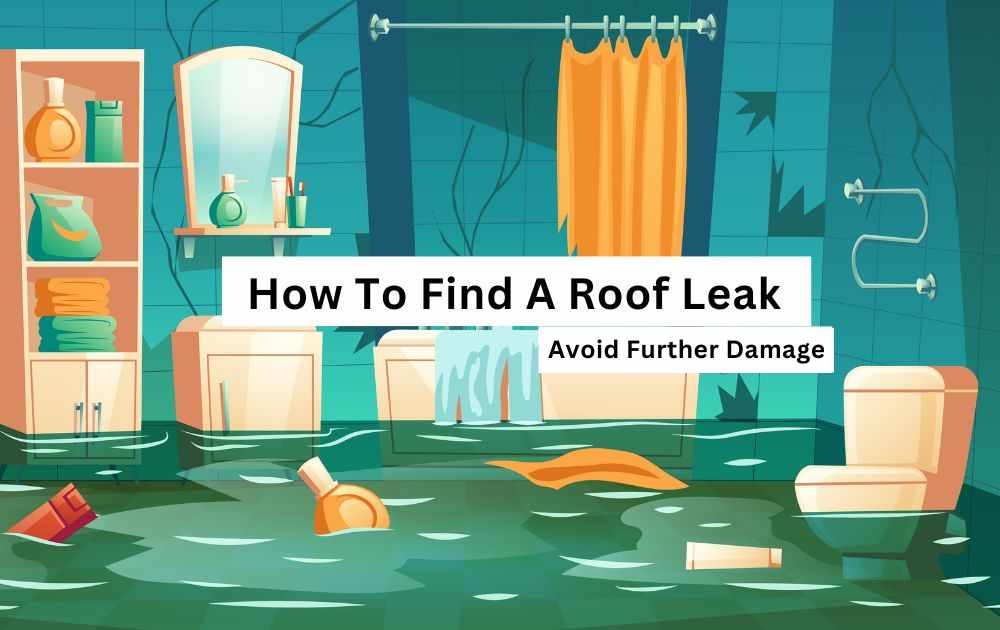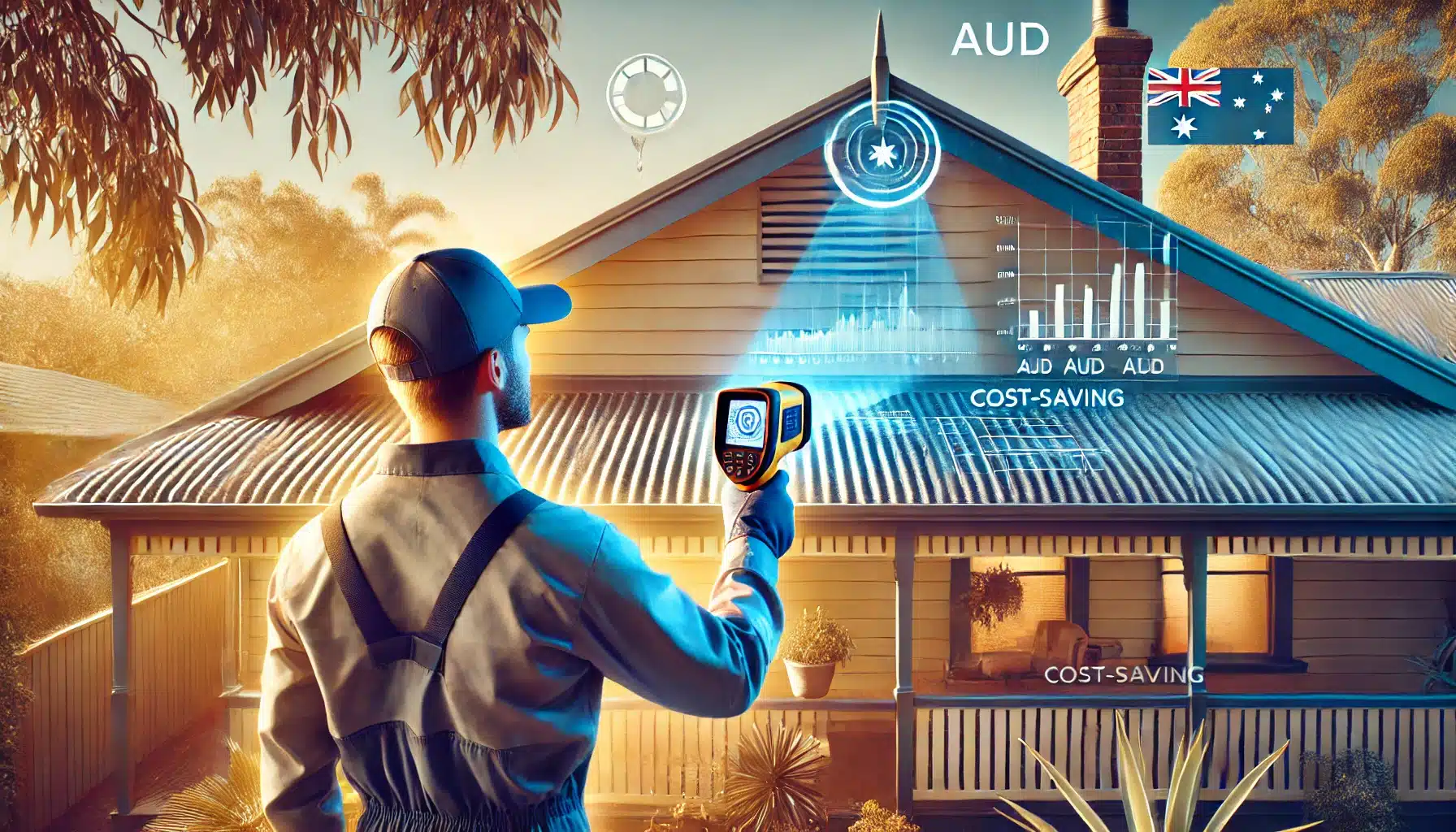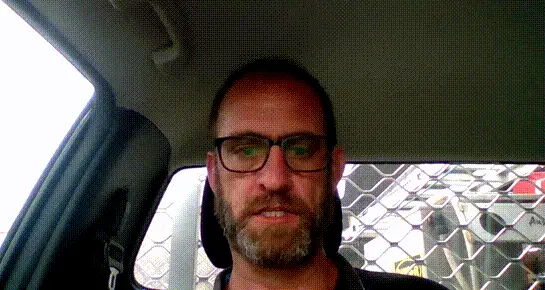
To receive your discount please fill in your details below.
It warms our hearts to see our valued HEROES being taken care off.





It’s raining heavily outside. You look up at your ceiling to see dark rings or discolored patches. You go up in the attic and it’s all clear there like the western front.
You just can’t find the leak in your roof. It’s much like that elusive, annoying itch in your back that you can’t reach.
Your home is at risk though and you know it with certainty. Well, worry no more. As a seasoned roof repair specialist with years of experience under my professional belt—and a fair share of Aussie sunburn—I’m here to guide you through the mystery of finding roof leaks with ease.
And you can actually skip the whole headache of finding the leak and book a roof leak detection In Melbourne with us. We will fix it faster for you than your regular emergency services.

Understanding the significance of detecting roof leaks is crucial for maintaining a sound and secure home.
Roofs, despite their durability, are not immune to the ravages of time and weather.
When they start to deteriorate, a cascade of undesirable events can unfold.
For instance, if water infiltrates living areas, it can wreak havoc on furniture, flooring, and cherished belongings.
Homeowners equipped with the knowledge of what signs to look for can address these problems promptly.
Key indicators include;
Prompt identification and action allow homeowners to mitigate damage effectively, carry out necessary roof repairs, and restore their home to its usual state of comfort and safety.
Discovering a leaky roof often begins inside your home. Keep an eye out for stains and other tell-tale signs on walls, ceilings, and furniture. Here are some clear indicators that your roof may have a leak:
If you have a roof leak, your attic is often the first place you’ll notice it. Look over this area for signs of trouble at least twice a year.
Water damage can happen even if everything looks fine. Check the wood and insulation for wet spots or areas that are damp. These might not always be clear at first glance, so it’s important to feel the surfaces for any strange moisture.

Damp spots, which at first glance may appear to be black patches on your ceiling, are frequently an indication that there is a leak in your roof.
Unless they are halted, they have the potential to cause damage to structures and degrade timber. Moisture that is found in unusual areas, such as paint that is popping or walls that are damp, is an indication that water is entering your own residence.

The clearest sign that you have a leak in your roof is the sight of water flowing inside your home. This is an urgent issue and it’s crucial to act swiftly to prevent any further damage. When water starts to make its way indoors, it’s not just a minor inconvenience – it can lead to significant problems.
Firstly, the water can quickly damage your ceilings, walls, and floors. It can soak into carpets, ruin hardwood floors, and even lead to the weakening of structural elements in your home. The longer the leak is left unaddressed, the more extensive and costly the repairs can become.
If your attic has a musty smell, it’s a big sign that you shouldn’t ignore.
This smell is often a sign of wetness, which can happen after a small roof leak. Water that gets in through small holes or cracks in the roof makes a great place for mould and mildew to grow.
Fungal growths like these do best in damp, dark places, like many attics. A strong musty smell is often the first sign that they are there.
Can you detect leaks from outside the home? Yes you can. If for example you’re in the market for a new home, you might not be able to check inside the house immediately. This is where detecting leaks from outside comes in.
It is important to be aware of some key signs that may indicate roof problems. Below are some easy to understand tips to help you evaluate the condition of a roof:
Shingles protect the roof in ways that are overlooked. If shingles are curling up or buckling, this is a sign theyre old or damaged. This problem could cause leaks and damage to the foundation of the house.
If you notice this condition with shingles, have them changed.
Flashings are installed to protect chimneys or vents. Get inside to see if their broken seams, tears or rust. Broken flashings can let water in your home. Once you spot this, have the flashings changed or repaired. You might not be able to handle this issue yourself. To avoid hurting yourself, have professionals check your flashings for damage and repairs.

You can spot broken or missing roof tiles without climbing up the roof. From the street it is possible to see any gaping holes in your roof.
If tiles are broken, chipped or missing all together, it’s clear you need to fix them. Also, it means your roof is leaking. And if you choose to put off fixing the damage, you open your home to mold and mildew invasion.

Not only does a thick layer of moss look bad, it can also be bad for your roof. Moss soaks up water, which can hurt your tiles and other parts of your house, like the walls and drains. Moss can be kept from growing on your roof by cleaning it often or getting help from a professional.
So here you are, hunting for leaks in your roof, how can you tell you have found one?
Here are tips for you:
Begin with a visual inspection. Do so both inside and outside your home. Inside the home, check for water stains, mold, discoloration on ceilings and walls, especially after a rainstorm.
Go up to your attic, check for wet spots, search for wet spots, or streaks on the underside of the roof. If it seems dry in the attic, but if you notice any musty smell, it means you should still be concerned.
Next, go outside and search your roof for damaged, missing or aged shingles. Also examine the flashings around chimneys, vents and skylights. Be safety conscious when go up to check the shingles. If you’re unable to do this, contact a professional who has the experience and tools to do the checking.
If your inspection fails to reveal any leaks, conducting a water test could work. Or contact professionals who would use specialized tools to find the leak.
Yes there are tools for detecting water leaks in roofs. One of such tools is what’s called a Moisture Meter. This is used to measure the level of moisture in different areas of the roof. This tool is able to pinpoint the exact location of leaks in your roof.
Where the roof is larger or more complex as it is in office buildings, infrared cameras can help to find leaks. The camera works by detecting temperature differences in the roofing materials, indicating potential leaks.
Specific situations determine the method used to find leaks in roofs. All methods begin with visual inspections in and outside the roof. Many leaks are immediately obvious and you can repair the damage. At other times, visual inspection doesn’t reveal the source of leaks.
Water tests can help reveal leaks too. This test requires two people—one pours a shower of water on the roof outside, another waits inside the home for the seepage to occur.
Not all leaks become obvious easily. Some require the intervention of professionals who use moisture meters or infrared cameras for a more effective detection.
You may be tempted to want to personally conduct the inspection on your roof. But think safety first especially if your roof is steep or the leak is not easily accessible. Hire a professional instead because they have the tools and the experience to deal with such situations.
The most common places are around penetrations and interruptions in the roof’s surface. This refers to places where sections or joints of the roof meets each other. These areas include places where roofing slopes meet each other like chimneys, vents, skylights.
Flashings are materials used to seal this joints to prevent holes or cracks. Sometimes flashings can be affected by rust. They degrade and become loose over time which allows water to enter your roof instead of gliding over.
Valleys are where two roof planes meet each other. If the valley is not properly sealed, or an accumulation of debris occurs preventing water flow, this can cause the valley to become prone to leaking.
Often, finding the leak in your roof itself can be a DIY task easily solved by you. Repairs are a different game entirely. Repairs require professional skills and tools. This is especially if your roof is high or the leak is a complex one. Prioritizing your safety is the goal so call an expert.
As an Australian homeowner, finding the leak in your home might seem daunting. The right approach as discussed in this article can make all the difference between getting it right the first time and overspending.
Remember to be alert to early signs of leaks like stains or musty smells in your home. Quick action can prevent extensive damage.
If you’re unsure how to proceed with leaks in your roof, call the experts. We are with you all the way in your quest to keep your home safe and dry under the Australian sun.



